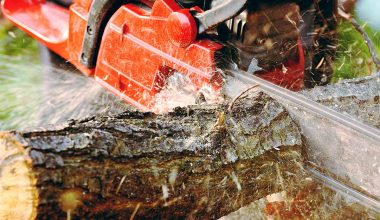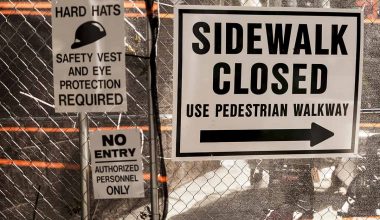These days we take it for granted that we can quickly manage our lawns or yards using a lawnmower. There are many different types of lawn mower and each has its own specific use. However, it hasn’t always been this easy to attend to our lawns. We take a look at the history of the lawn mower, from its humble start all the way through to modern robotic mowers.
Before The Lawn Mower
Traditionally individuals didn’t have a lawn to maintain at the front of their house. Often it was just a packed earth yard that was regularly swept. These yards were also occasionally sprayed with water to help keep the dust down.
Country estates and other important locations would often use sheep and other livestock to keep the grass at a manageable height. The White House, for example, was known to have 8 sheep to the acre to crop the grass. It would be quite the sight to see sheep scattering away as the presidential helicopter comes to land.
Scythes were used to manage longer grass and turn it into hay for feeding the animals. This was a very labor-intensive job, but with skill could be very effective. Hand shears were also used on the most luxurious of lawns, but the time taken to manage just a small area meant an army of gardeners was needed.
At the end of the day, most people didn’t traditionally have lawns. They were a luxury for the rich and those that could afford either the labor or the livestock to maintain them.
The First Lawn Mower
The first patented lawn mower was invented in 1830 by Edwin Budding in Gloucestershire, England. Licensed on the 18th May 1830, it was a cylinder mower designed for cutting English gardens and sports grounds. Based on scaled-down mechanisms he had seen in cloth mills, the blades were spun as the mower moved forwards.
Buddings lawn mower was made from a heavy wrought iron from and cast-iron wheels. Due to its weight, it was soon found to require two people to operate, one pulling at the front while the other pushed and guided from the rear.
Even though this was a cumbersome machine, not like a modern mower, it led to a revolution in sports that required a playing field. Football, tennis, cricket, and many others now could have perfectly manicured pitches and their popularity increased.
The First Motor Mower
Many different versions of Buddings’ initial mower were built, including a steam-powered mower in 1893. However, it wasn’t until 1902 that the first lawn mower with a built-in motor was produced built by Ransomes in England. It wasn’t until 1914 that ideal Power Mower Co in Michigan started producing gasoline lawn mowers in the US.
These motor-powered mowers were the beginning of what we now think of as the lawn mower. Initially, lawn mowers were the standard cylinder design that had a motor on top to assist in pushing the mower across the ground. A detachable bucket was built in front of the blades to collect the clippings as they were cut.
Technological Advances
As engine technology improved and smaller more powerful engines were built seats were added to the rear of the mowers. This allowed the operator to work longer and be comfortable while working. It wasn’t until the late 1920’s that the more modern rotary mowers were produced. These can handle thicker growth and pulp the clippings but often don’t provide a good clean cut.
Lawn mowers have now progressed to powerful sit-on versions that are almost mini tractors and specialist tools that are built for professional football pitches or cricket greens. Lawn tennis courts must have extra special attention. Wimbledon, for example, maintains exactly 8 millimeters of ‘sward’ or grass height for the duration of the championships.
Robotic Lawn Mowers
Recently there has been a new generation of lawn mowers to hit the market. Similar to robot vacuum cleaners, robotic lawn mowers can be set to travel around your garden at programmed intervals. They autonomously cut the grass, charge themselves when needed, drop the clippings in a set location, and avoid all obstacles. All that is required prior to use is to install a wire around the perimeter of your garden so that it knows its boundary. Some of the most intelligent mowers are even able to know when it is the best time to cut your lawn.






